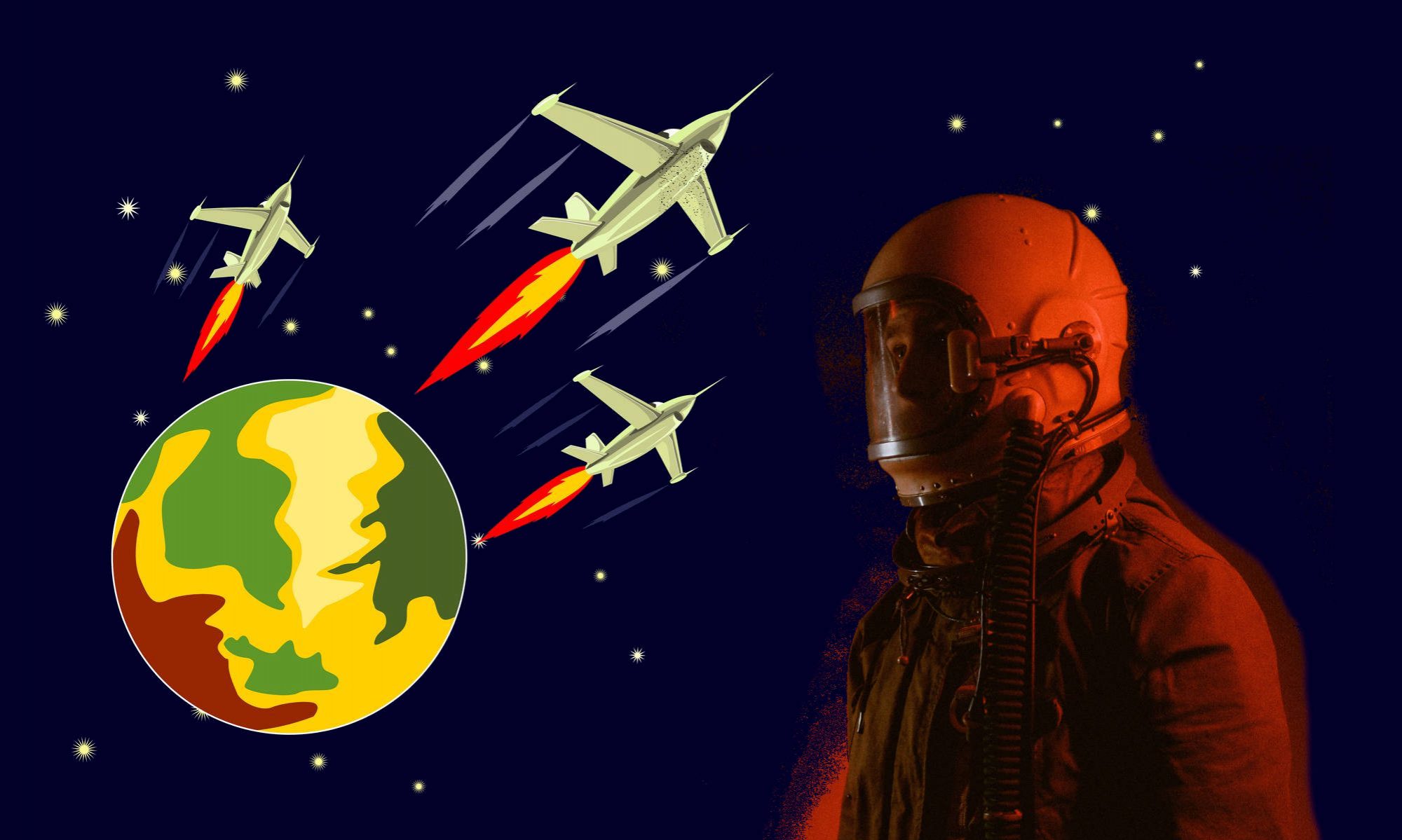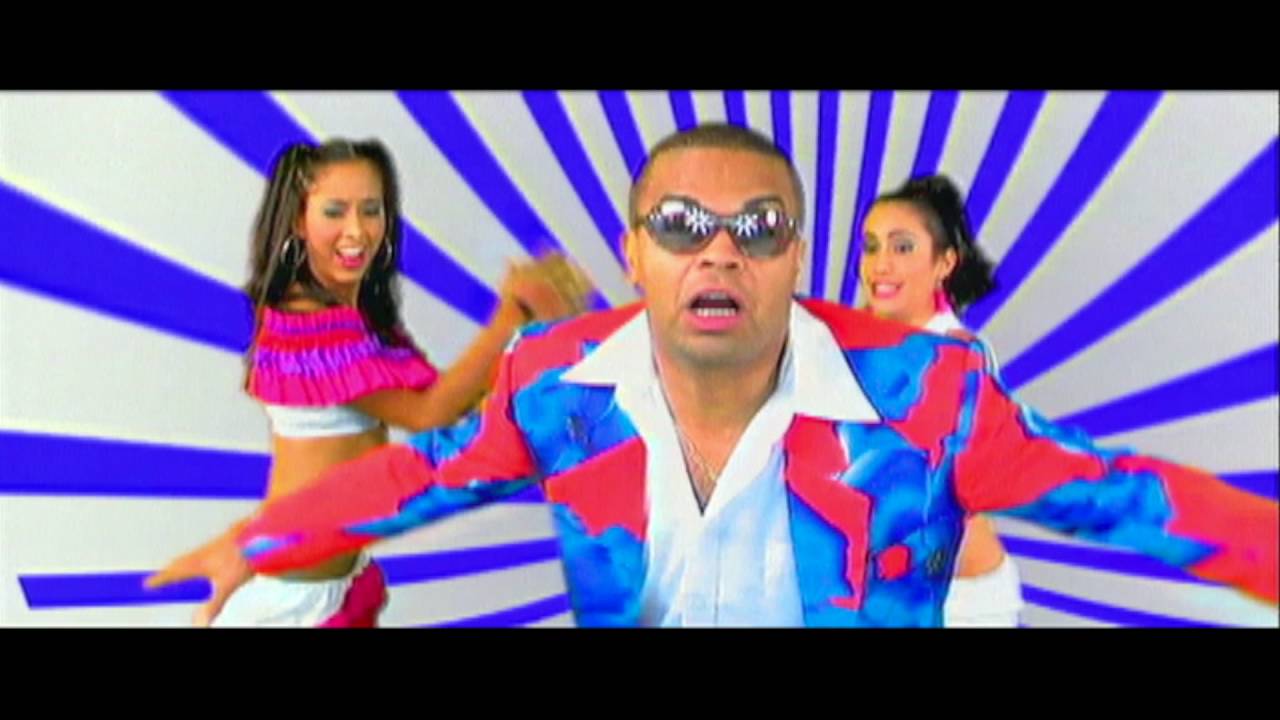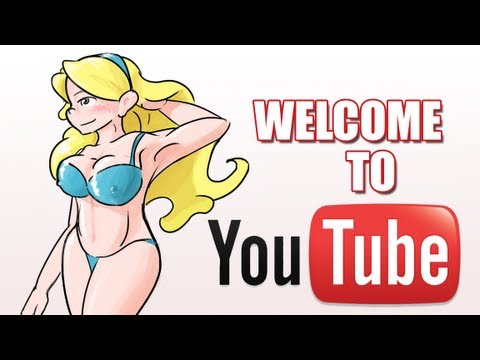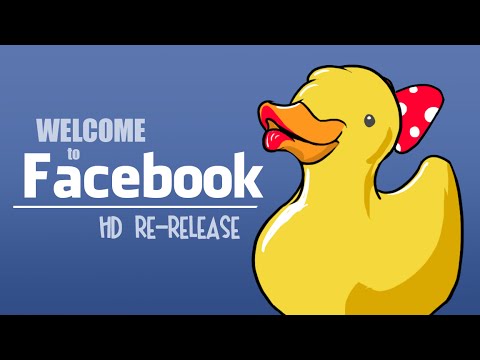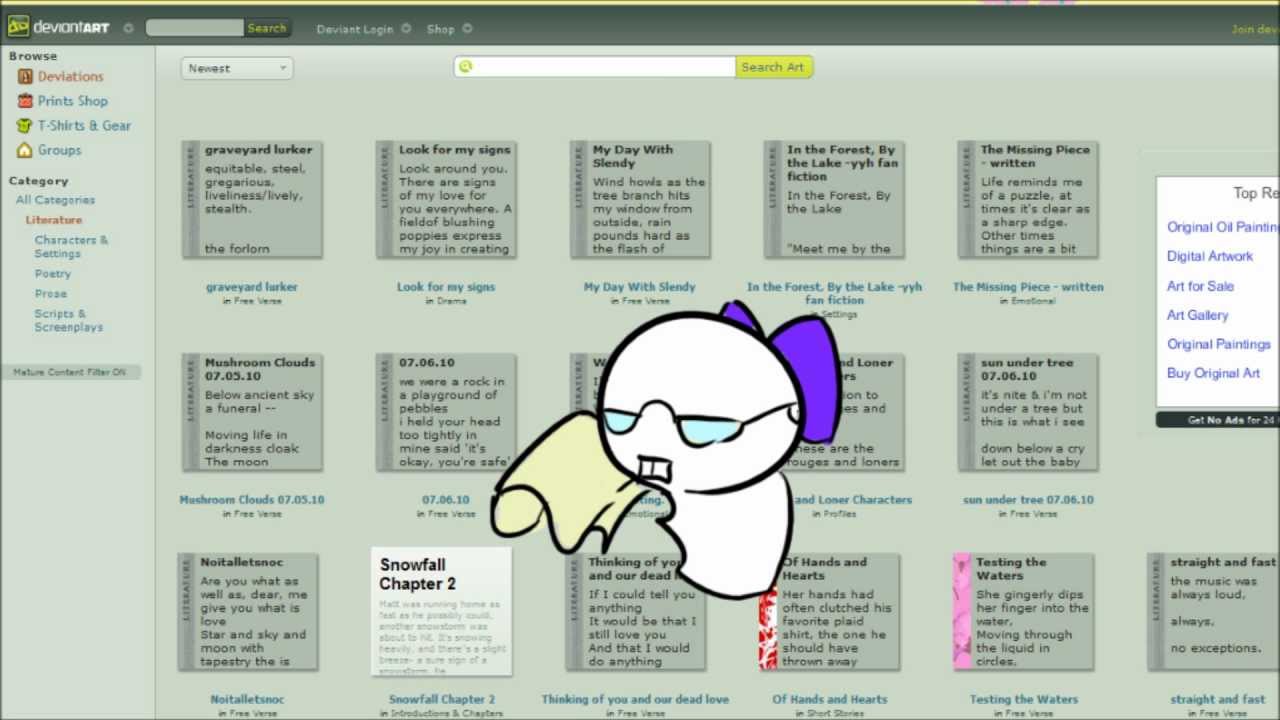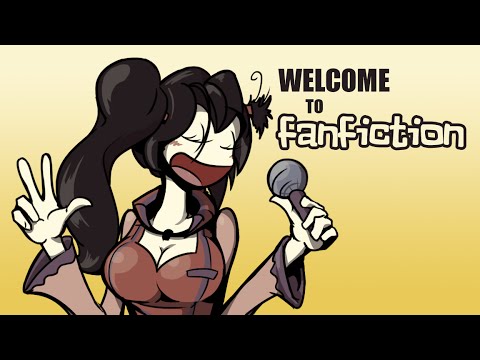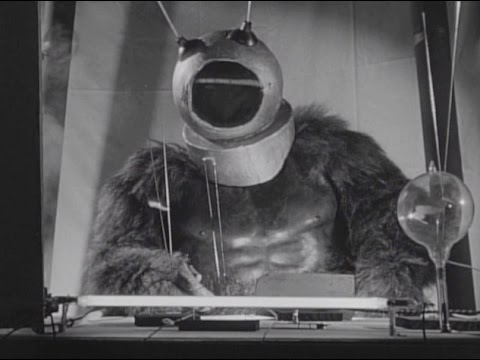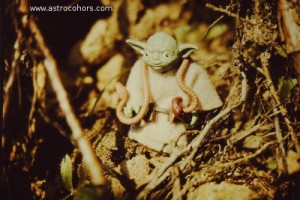Humunumunumnum humhumimihiumhum… sounds like the brother of Beaker from the Muppets. But it’s Chacarron Macarron.
Welcome To Youtube!
This is an embedded YouTube video. This is how some parts of the internet work. And this is the description! No one ever reads these, so why even bother!?
On the other hand, I could make you curious by writing something like: WHAT I SAW HERE CHANGED MY LIFE!!!
Tricky, he?
Welcome to Facebook!
Facebook is an online social networking service headquartered in Menlo Park, California. Its website was launched on February 4, 2004, by Mark Zuckerberg with his Harvard College roommates and fellow students Eduardo Saverin, Andrew McCollum, Dustin Moskovitz and Chris Hughes.[8][9] The founders had initially limited the website’s membership to Harvard students, but later expanded it to colleges in the Boston area, the Ivy League, and Stanford University. It gradually added support for students at various other universities and later to high-school students. Its name comes from a colloquialism for the directory given to it by American universities’ students.[11]
After registering to use the site, users can create a user profile, add other users as “friends”, exchange messages, post status updates and photos, share videos and receive notifications when others update their profiles. Additionally, users may join common-interest user groups, organized by workplace, school or college, or other characteristics, and categorize their friends into lists such as “People From Work” or “Close Friends”.
_____
Parts of this text are taken from the article “Facebook” from Wikipedia. Text is available under the Creative Commons Attribution-ShareAlike License; additional terms may apply.
Welcome to DeviantArt!
DeviantArt (formerly stylized as deviantART from 2001 to 2014) is an online community. The site was first launched on August 7, 2000 by Scott Jarkoff, Matthew Stephens, Angelo Sotira and others. DeviantArt, Inc. is headquartered in the Hollywood area of Los Angeles, California, United States.[2] Works are organized in a comprehensive category structure, including photography, digital art, traditional art, literature, Flash, filmmaking, skins for applications, operating system customization utilities and others, along with extensive downloadable resources such as tutorials and stock photography. Additional utilities include journals, polls, groups and portfolios. “Fella,” a small, devilesque robotic character, is the official DeviantArt mascot.[3]
DeviantArt can be a confusing place, and it might be hard to understand, but after watching our state-of-the-art instructional video you’ll be able to wade through Sonic Recolors and Naruto OC Fanfictions like the best of ’em! Good luck, and happy browsing.
_____
Parts of this text are taken from the article “DeviantArt” on Wikipedia. Text is available under the Creative Commons Attribution-ShareAlike License; additional terms may apply.
Welcome to Fanfiction.Net!
The duty of a true chronicler is to sort chronicles. Now that the internet has become more and more widespread on earth, let’s take a look at it. Let’s look at the milestones in chronological order. Let’s get started:
FanFiction.Net (often abbreviated as FF.net or FFN) is an automated fan fiction archive site. It was founded in 1998[2] by Los Angeles computer programmer Xing Li, who also runs the site. The site is split into nine main categories: Anime/Manga, Books, Cartoons, Miscellaneous, Games, Comics, Movies, Plays/Musicals, and TV Shows. The site also includes the Crossover category, added on March 27, 2009. Users who complete the free registration process can submit their fan fiction, maintain a user profile, review other stories, apply for a beta reader position, contact each other via private messages, and maintain a list of favorite stories and authors. There are centralized communities and forums.
In the chaotic world of OCs and 72-chapter sagas, only one man can save the day. And that man is you (unless you are a lady then it is a lady.) However, that (wo)man is going to need some help to tame the wild Fanfiction frontier. This is a video that will change his/her life forever… [Reader Insert, Rated T]
_____________________
Parts of the text are taken from the article “Fanfiction.net” on Wikipedia. Text is available under the Creative Commons Attribution-ShareAlike License; additional terms may apply.
Broken Bow
This will be a day long remembered. The day when “YouTube” really came into existence, long before it’s official debut. And the world has changed. I feel it in the streams of the internet. My name is Bippi Bracegirdle, and I will lead you into the worlds of fantasy. But how did this vehicle, this YouTube thing all started?
YouTube began when three former PayPal employees started to create a video-sharing website on which users could upload, share, and view videos.[1] The Internet domain name “youtube.com” was activated on February 14, 2005. The website was developed over the subsequent months. The creators offered the public a preview of the site in May 2005, six months before YouTube made its official debut. Like many technology startups, YouTube was started as an angel-funded enterprise from a makeshift office in a garage. In November 2005, venture firm Sequoia Capital invested an initial $3.5 million;[5] additionally, Roelof Botha, partner of the firm and former CEO of PayPal, joined the YouTube board of directors. In April 2006, Sequoia and Artis Capital Management put an additional $8 million into the company, which had experienced hugely popular growth within its first few months.[6]
The first YouTube video was titled Me at the zoo, and shows co-founder Jawed Karim (YouTube Name “jawed”) at the San Diego Zoo.[7] The video was uploaded on April 23, 2005. You can see it above.
A new dimension was added to storytelling, although it was not yet completely to be seen. But the story went on…
—
Parts from this article come from the Wikipedia entry “History of YouTube“, authors see here. Text is available under the Creative Commons Attribution-ShareAlike License; additional terms may apply.
Caretaker
If you have a message, you are always in need of bringing it to people. On this day, Matt Mullenweg presented one possible way of doing so and changed the world of internet and blogs forever: WordPress was brought into public.
b2/cafelog, more commonly known as simply b2 or cafelog, was the precursor to WordPress.[21] b2/cafelog was estimated to have been installed on approximately 2,000 blogs as of May 2003.[22] It was written in PHP for use with MySQL by Michel Valdrighi, who is now a contributing developer to WordPress. Although WordPress is the official successor, another project,b2evolution, is also in active development.
WordPress first appeared in 2003 as a joint effort between Matt Mullenweg and Mike Little to create a fork of b2.[23] Christine Selleck Tremoulet, a friend of Mullenweg, suggested the nameWordPress.[24][25]
WordPress Version 0.7: Used the same file structure as its predecessor, b2/cafelog, and continued the numbering from its last release, 0.6.[31] Only 0.71-gold is available for download in the official WordPress Release Archive page.
Yet another milestone on the development of this story, and history itself.
And the story still goes on…
—
Parts of this article are from the Wikipedia Entry “WordPress“, authors see here. Text is available under the Creative Commons Attribution-ShareAlike License; additional terms may apply.
The Emissary
Wikipedia – (![]() i/ˌwɪkɨˈpiːdiə/ or
i/ˌwɪkɨˈpiːdiə/ or ![]() i/ˌwɪkiˈpiːdiə/ wik-i-pee-dee-ə) is a free-access, free content Internet encyclopedia, supported and hosted by thenon-profit Wikimedia Foundation. Those who can access the site can edit most of its articles. Editors are expected to follow the website rules.[6]Wikipedia is ranked among the ten most popular websites[5] and constitutes the Internet‘s largest and most popular general reference work.[7][8][9]
i/ˌwɪkiˈpiːdiə/ wik-i-pee-dee-ə) is a free-access, free content Internet encyclopedia, supported and hosted by thenon-profit Wikimedia Foundation. Those who can access the site can edit most of its articles. Editors are expected to follow the website rules.[6]Wikipedia is ranked among the ten most popular websites[5] and constitutes the Internet‘s largest and most popular general reference work.[7][8][9]
The History of Wikipedia formally began with the launch of Wikipedia on Monday 15 January 2001 by Jimmy Wales and Larry Sanger; however, its technological and conceptual underpinnings predate this. The earliest known proposal for an online encyclopedia was made by Rick Gates in 1993,[2] but the concept of a free-as-in-freedom online encyclopedia (as distinct from mere open source or freemium)[3] was proposed by Richard Stallman in December 2000.[4]
Crucially, Stallman’s concept specifically included the idea that no central organization should control editing. This “massively multiplayer” characteristic was in stark contrast to contemporary digital encyclopedias such as Microsoft Encarta, Encyclopædia Britannica, and even Bomis‘sNupedia, which was Wikipedia’s direct predecessor. In 2001, the license for Nupedia was changed to GFDL, and Wales and Sanger launched Wikipedia using the concept and technology of a wiki pioneered in 1995 by Ward Cunningham.[5] Initially, Wikipedia was intended to complement Nupedia, an online encyclopedia project edited solely by experts, by providing additional draft articles and ideas for it. In practice, Wikipedia quickly overtook Nupedia, becoming a global project in multiple languages and inspiring a wide range of other online reference projects.
And this all happened through the inspiration of science. May the light of science burn on and bring brightness to darker places.
—
For the making of this articles I have used two Wikipedia entries:
- Wikipedia – authors see here
- History of Wikipedia – authors see here
Texts are available under the Creative Commons Attribution-ShareAlike License; additional terms may apply.
